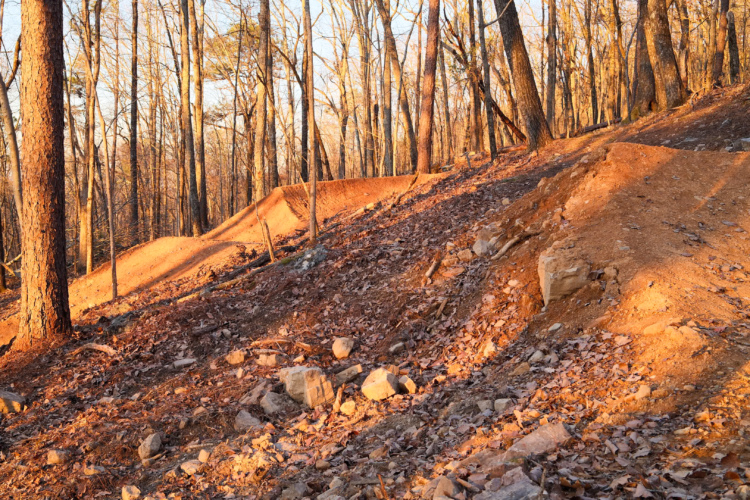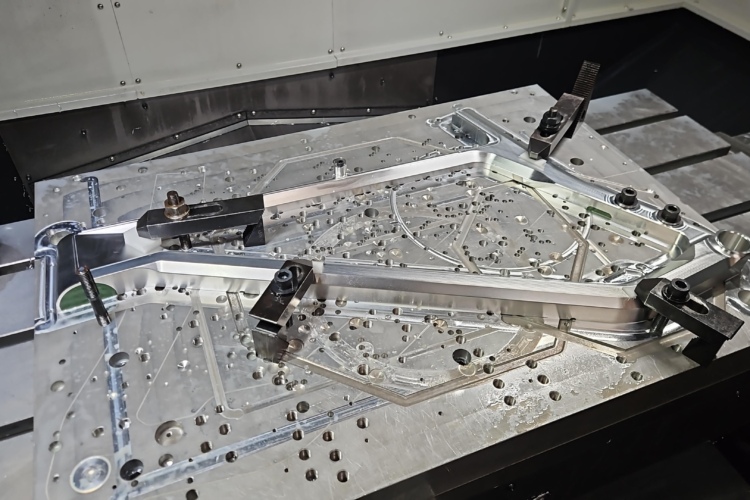When Garmin designed their eTrex recreational GPS series they certainly didn’t have the Internet and data sharing in mind. It is possible, however, to upload saved GPS track data from your computer to your GPS unit with just a little work. File this tutorial under “advanced” GPS information 😉
For this article I used my Garmin eTrex Vista (the silver one without a color screen) but these instructions should hold for all the eTrex models. I’m going to assume you are able and know how to transfer data from your computer to your GPS and vice versa. If not, take a look at this article.
Step 1. Backup all the track and waypoint data currently residing on your GPS. This will make the upload more organized once you add the new track data. You don’t need to delete any of your saved tracks (that is, unless you already have 10 tracks (Vista’s limit) saved to your unit’s memory).
Step 2. Clear your trip data. Make sure you select “Clear Track Log” so your newly uploaded file isn’t mixed with old track data from your last ride.
Step 3. Open the GPX file you wish to upload to your GPS unit. You may need to first convert the GPX data to a format your GPS data transfer program can use (I use MacGPS Pro which needs the data in tab-delimited format). There are a number of free GPS data conversion programs out there including GPS Visualizer and GPS Babel. Once your data has been converted, you’re ready to transfer.
Step 4. Transfer your data. My software requires that I make two separate transfers: one for track data and another for waypoint data. Be sure you get both track points and waypoints, otherwise you’re missing half the data!

 Step 5. Whew, your track and waypoint data has been saved to your GPS. Now it’s time to create a saved track. Your waypoints should be securely stored on your GPS unit along with all your previously saved waypoints, no need to worry about them. The track data, however, has simply been moved into the current track log on your GPS. Now it’s time to create a “saved track.” Select the track menu from the main menu screen, then select the “save” button. You can choose to save back through a certain date but in this case it won’t matter because you’ve already cleared all the other track data. This creates a saved track with today’s date as the name of the saved track.
Step 5. Whew, your track and waypoint data has been saved to your GPS. Now it’s time to create a saved track. Your waypoints should be securely stored on your GPS unit along with all your previously saved waypoints, no need to worry about them. The track data, however, has simply been moved into the current track log on your GPS. Now it’s time to create a “saved track.” Select the track menu from the main menu screen, then select the “save” button. You can choose to save back through a certain date but in this case it won’t matter because you’ve already cleared all the other track data. This creates a saved track with today’s date as the name of the saved track.
 Step 6. Select the saved track. You can now view a map of your saved track including the length of the track and even the acreage contained within your track (if it’s a loop). The real magic happens when you click the “TracBack” button.
Step 6. Select the saved track. You can now view a map of your saved track including the length of the track and even the acreage contained within your track (if it’s a loop). The real magic happens when you click the “TracBack” button.
Step 7. TracBack allows you to retrace the track exactly as it has been laid out. You can choose to follow the track forward or backward and the GPS unit gives you all kinds of useful data about upcoming turns, length of trail remaining to the end, and even your estimated time to completion. This is what a GPS should do, too bad it took 7 steps to get here! You can also view an elevation profile on the track view screen and can change the name of the track to something more memorable as well.
 |
 |
 |
Step 8. Since you can’t keep more than 10 tracks on most GPS units, you’ll need to delete tracks from time to time to make room for new ones. No worries though, you can store all your tracks safely on your computer at home for the next time! You can also use the TracBack function as it was designed to save recently completed routes on the fly so you’ll know how to return when you’re blazing a new trail.




















2 Comments
Dec 31, 2011
Dec 31, 2011